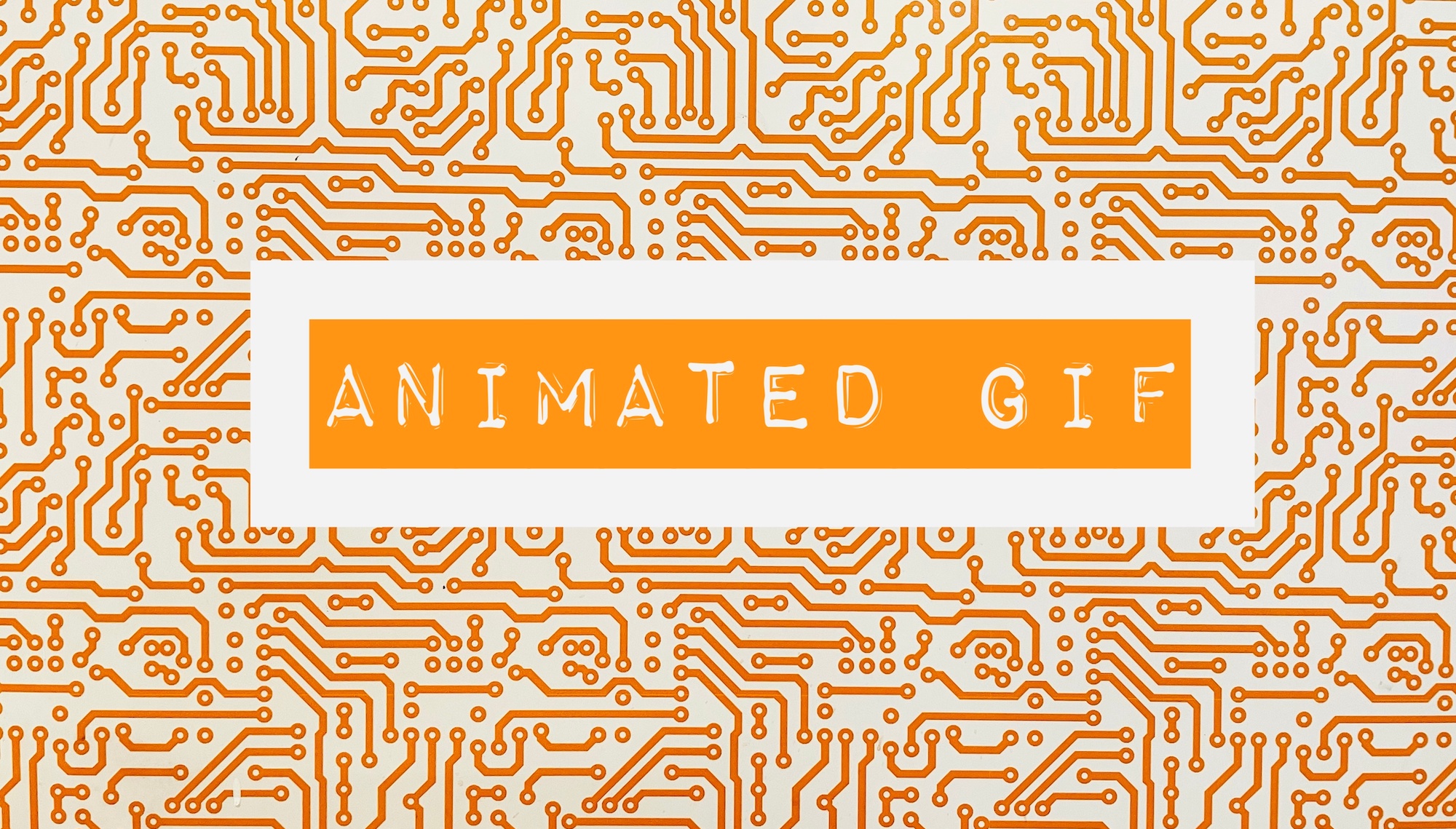What Is an Animated GIF?
By Perry
Published July 13, 2023
 What Is an Animated GIF?
What Is an Animated GIF?
In today's digital landscape, visual content plays a crucial role in engaging online audiences. One such form of visual content is the animated GIF, short for Graphics Interchange Format. Animated GIFs are a popular medium for conveying information, expressing emotions, and enhancing the overall user experience. This article will provide a comprehensive guide to understanding animated GIFs, their creation process, and their applications in various contexts.
Understanding Animated GIFs
An animated GIF is a file format that supports both static and animated images. Unlike other image formats, such as JPEG or PNG, which display a single image, animated GIFs can contain multiple frames or images in a sequence. When viewed, these frames play in a loop, creating the illusion of motion.
Evolution of Animated GIFs
The concept of animated images traces back to the early days of the internet, but it was in 1987 when Steve Wilhite, a software developer, introduced the GIF format. Initially, GIFs were limited to displaying static images, but in 1989, the format expanded to include animation capabilities. Since then, animated GIFs have gained immense popularity, becoming a staple of online communication and content creation.
Advantages of Animated GIFs
Animated GIFs offer several advantages that make them a valuable addition to digital content:
- Visual Appeal: The animated nature of GIFs makes them eye-catching and captivating, instantly grabbing the viewer's attention.
- Compact and Shareable: Animated GIFs are typically small in size, making them easily shareable across various platforms without sacrificing image quality.
- Cross-Browser Compatibility: Unlike some advanced web technologies, animated GIFs work seamlessly across different web browsers and devices, ensuring broad accessibility.
- Looping Effect: GIFs loop endlessly, allowing creators to convey a specific message or action repetitively, reinforcing their intended impact.
- Emotional Expression: GIFs provide a unique way to express emotions, humor, or convey complex actions that are difficult to describe in words alone.
Creating Animated GIFs
Tools for GIF Creation
To create animated GIFs, you can use a variety of tools and software, both online and offline. Here are some popular options:
- Online GIF Makers: Websites like GIPHY, Imgflip, and Make a GIF offer user-friendly interfaces for creating GIFs from existing images or videos.
- Graphics Editing Software: Advanced image editing software, such as Adobe Photoshop or GIMP, allows for more control and customization when creating GIFs.
Tips for Effective GIF Creation
When creating animated GIFs, keep these tips in mind to maximize their impact:
- Keep it Short: Opt for shorter durations to ensure the GIF remains attention-grabbing and doesn't become repetitive or overwhelming.
- Maintain Quality: While GIFs are generally smaller in file size, strive to maintain image quality by finding the right balance between file size and visual appeal.
- Choose a Fitting Loop: Consider the content and intended message to select an appropriate looping style, such as ping-pong, reverse, or continuous.
- Consider Speed: Experiment with the speed of the animation to achieve the desired effect. Faster animations can create a sense of urgency, while slower ones evoke calmness or suspense.
Applications of Animated GIFs
Animated GIFs find widespread use across various domains, including:
- Social Media: GIFs are commonly used in social media posts to convey emotions, reactions, or add humor to engage with the audience.
- Digital Marketing: Marketers utilize GIFs to create eye-catching advertisements, demonstrate product features, or showcase before-and-after transformations.
- Tutorials and Presentations: GIFs can be incorporated into tutorials or presentations to demonstrate step-by-step processes or showcase dynamic elements.
- Email Marketing: Animated GIFs can enhance email newsletters, showcasing new products, promotions, or guiding recipients through interactive content.
- Website Enhancement: Websites can utilize GIFs to add visual interest to landing pages, illustrate product functionality, or provide dynamic visual cues.
Conclusion
Animated GIFs have become an integral part of online communication and content creation. They offer a visually captivating and efficient way to convey messages, emotions, and actions. With their broad accessibility, compact size, and looping capabilities, animated GIFs can enhance user experiences across various digital platforms. By utilizing the tips and tools mentioned in this article, you can create compelling animated GIFs that engage your audience and bring your content to life.
Frequently Asked Questions (FAQs)
What's the difference between an animated GIF and a video?
While both animated GIFs and videos contain moving images, the main difference lies in the file format. Animated GIFs are image files that loop continuously, while videos are typically larger in size and require specific players to view them.
Can I create my own animated GIFs?
Yes, you can create your own animated GIFs using various online tools or graphics editing software. Experiment with different frames, durations, and effects to achieve your desired result.
Are animated GIFs supported on all social media platforms?
Most popular social media platforms, such as Facebook, Twitter, and Instagram, support animated GIFs. However, it's always a good idea to check the platform's specific guidelines and requirements before uploading.
How can I optimize animated GIFs for faster loading times?
To optimize animated GIFs, you can reduce the number of frames, limit the color palette, and resize the image dimensions. Additionally, compressing the GIF file can help reduce its overall size without significantly impacting the visual quality.
Are there any copyright considerations when using animated GIFs?
It's essential to respect copyright laws when using animated GIFs. Ensure that you have the necessary rights or permissions to use the images or video clips incorporated into your GIFs. Alternatively, you can use royalty-free or Creative Commons-licensed content for your creations.
Remember, animated GIFs are a versatile and engaging visual medium that can enhance your online presence and captivate your audience. Embrace their creative potential and incorporate them into your content strategy to make a lasting impact.